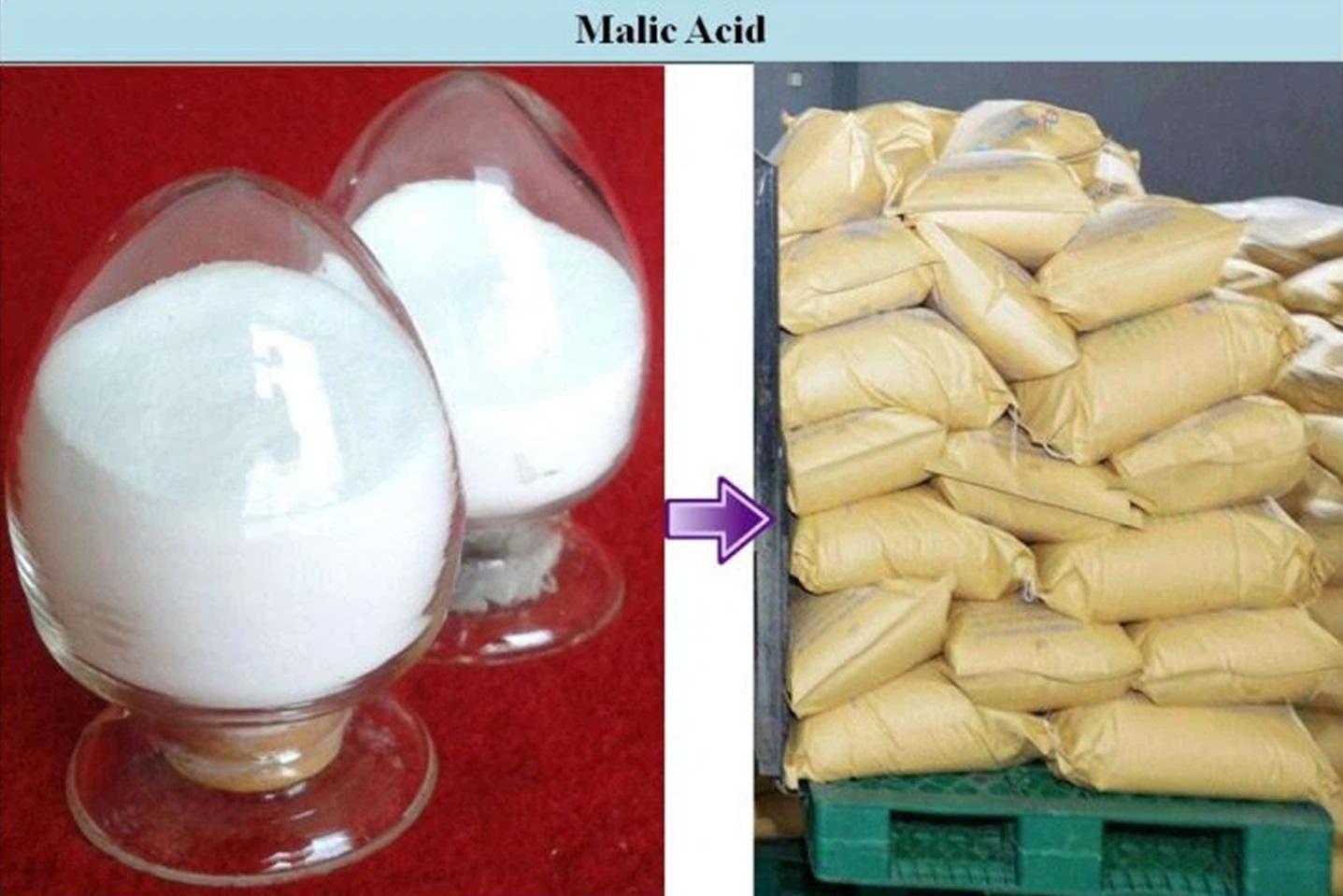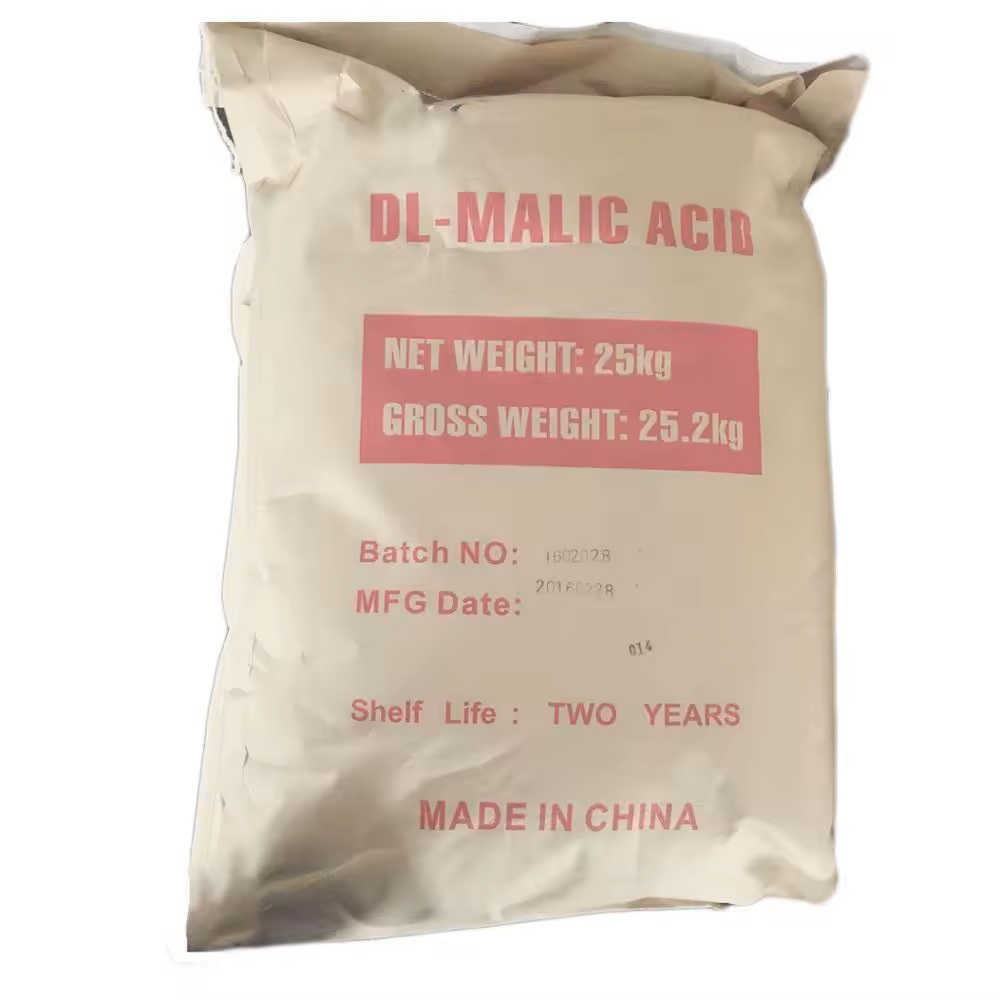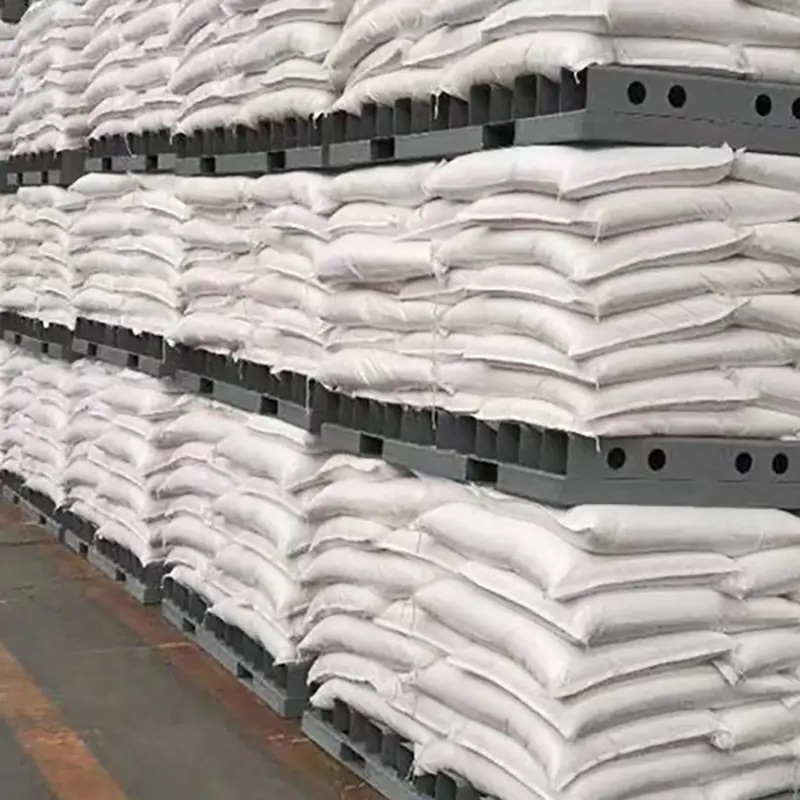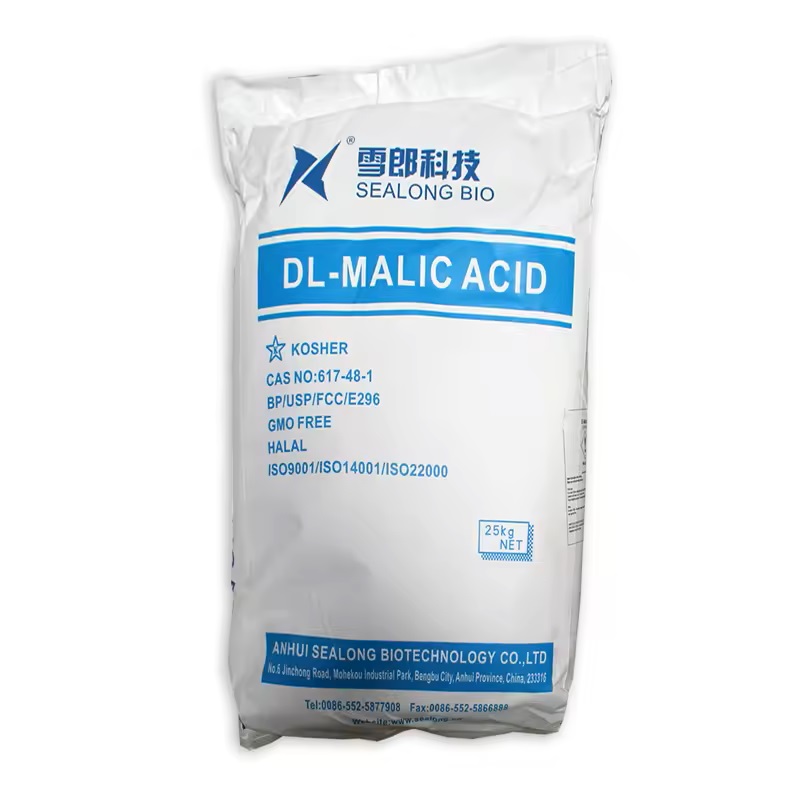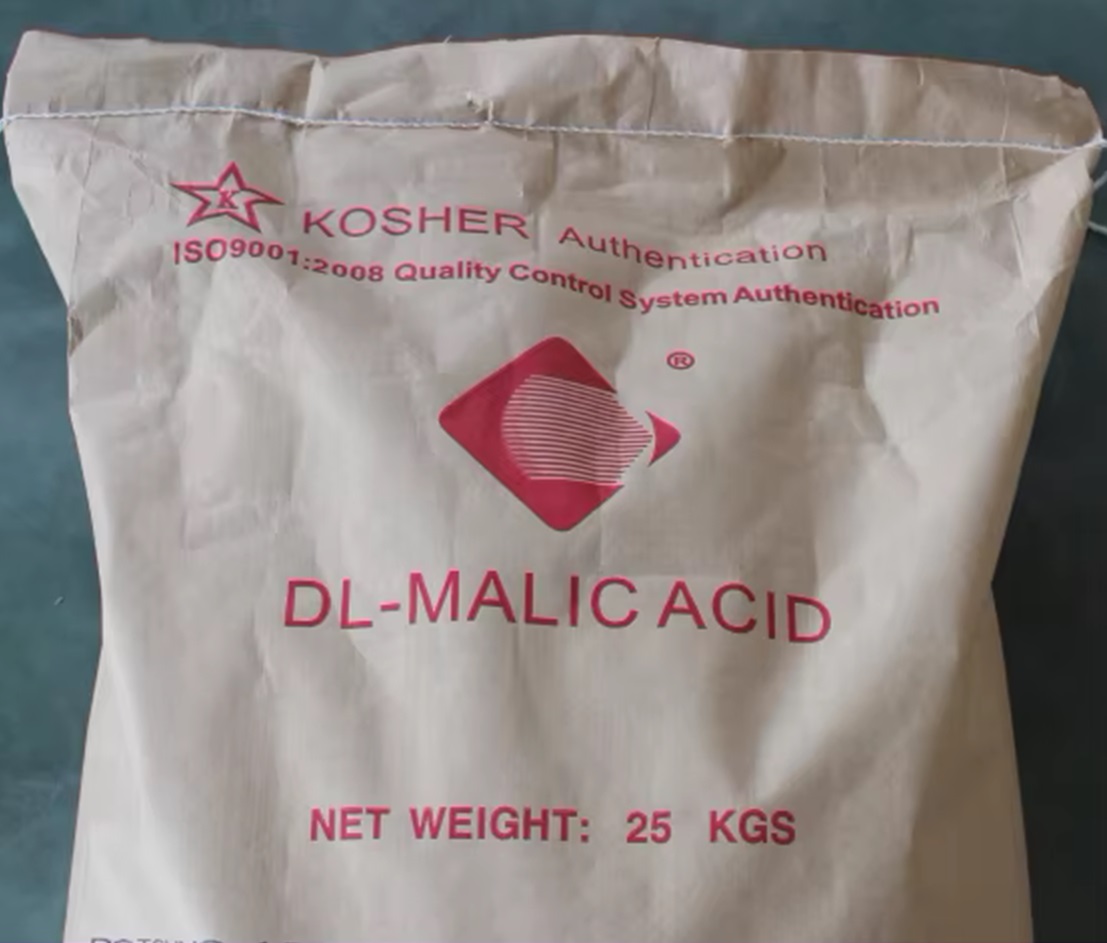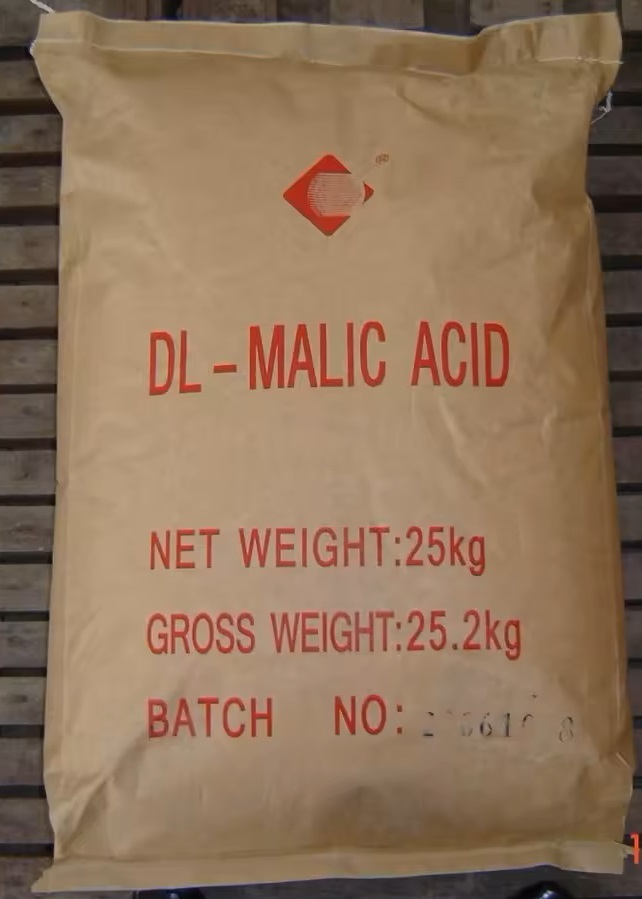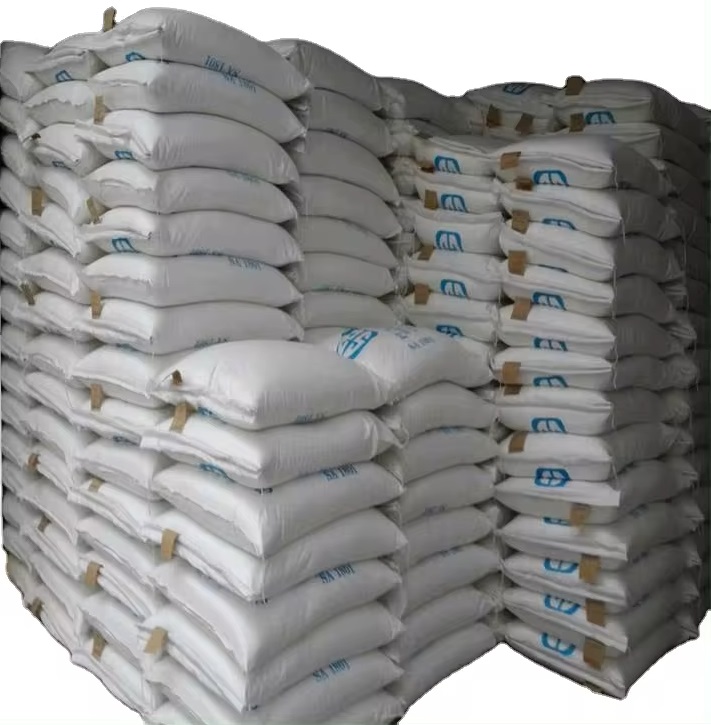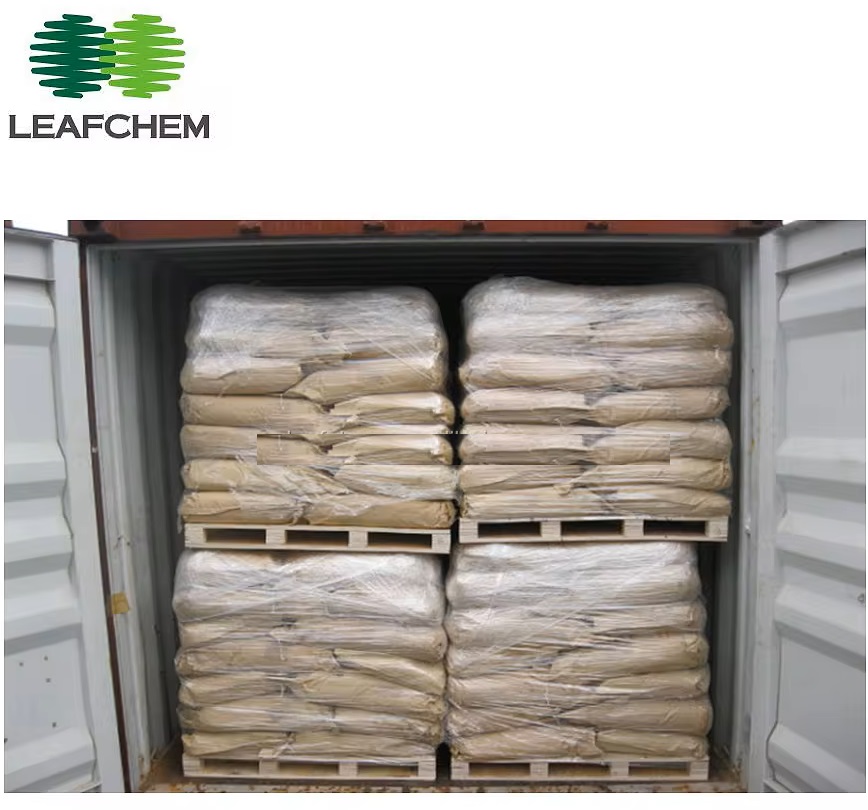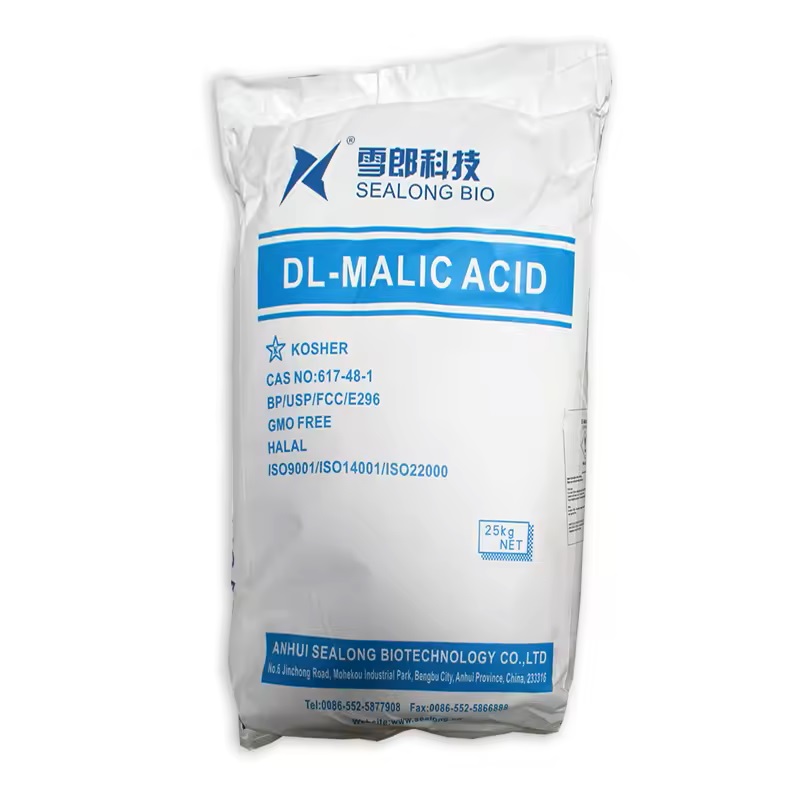We unleash your business potential by maximize the business innovation.
Send EmailMalic Acid, Hydroxysuccinic Acid, Dioxytetric Acid, E 296, 6915-15-7
Molecular Formula (Malic Acid): C4H6O5
Molecular Weight: 134.0874 g/mol
Chemical Name: Malic Acid
CAS Number: 6915-15-7
A chemical naturally found in all fruits. It is formed during fruit metabolism. Malic acid is an organic dicarboxylic acid that acts as a tart sweetener in many sour foods or tarts.
It has been found to increase exercise tolerance in people with fibromyalgia and chronic fatigue. It supports energy production and helps reactions in the body run.
It is a chemical that provides cells with energy and carbon skeletons for the formation of amino acids. It is the source of extreme sourness. In sour desserts, if we want to obtain a low level of sour taste, it is used together with citric acid or instead of citric acid and malic acid.
It has an important role in the metabolism of carbohydrates, that is, in the energy production mechanisms for cells.
Esters and salts of Malic Acid are called malates. The most commonly used type is Magnesium Malate, which is a magnesium salt.
Malic acid formula: C4H6O5
E Code: E 296
Other names:
DL-Form
6915-15-7
2-Hydroxysuccinic Acid
Hydroxysuccinic Acid
Butanedioic acid
2-Hydroxybutanedioic Acid
Dioxytetric Acid
Alpha-hydroxysuccinic Acid
2-Hydroxyethane-1,2-dicarboxylic Acid
DL-2-Hydroxybutanedioic Acid
(+-)-2-Hydroxysuccinic Acid
E 296
Physical and Chemical Properties:
It has a colorless crystalline appearance. Its odor is characteristic.
It has a smooth taste. It can be generally evaluated as a sour taste.
Boiling point is between 225 °C and 235 °C.
Its melting point is between 127 °C and 132 °C.
In terms of solubility, it has a solubility of 55.8 gr in 100 gr of water at 20 °C.
Malic Acid is quite soluble in methanol, ethanol, acetone, ether and other polar solvents.
Its density is 1.601 gr/cm3 at 20 °C.
In terms of stability, it is stable under recommended storage conditions.
It produces irritating fumes in case of decomposition by heating.
Malic Acid Usage Areas:
Malic acid is used in the food sector to intensify the effect of the flavoring agent. And it often reduces the amount of flavor required. This is one of the biggest disadvantages of its use.
In the food sector, it reveals different flavors with very different flavor experiences.
In some beverage applications, it increases the sharing and aromatic feature of some flavor notes.
In the cosmetic sector, it is an important component in the manufacture of AHA-BHA products. These compounds can be used to rejuvenate the skin and eliminate fine lines.
In the manufacture of snack foods, malic acid is used to enhance flavors such as cheese and hot peppers.
If you want to create a rich and more natural flavor experience, it is used to help expand the flavor of many products.
It is used in the manufacture of carbonated beverages. It provides economic benefit in artificially sweetened products. Its purpose here is to make the flavor profile wider and more natural.
It is used in still drinks. Its purpose here is to enrich fruity flavors. It has a pH balancing function. And it is a preferred acidity regulator because it masks the sediment of some salts.
It is used as a food additive due to its fast dissolving feature and flavor enhancing effect in dry mixes of iced tea, sports drinks or breast soup. It is used to keep the pH at 4.6 or lower in prepackaged teas. In this way, it stabilizes microbial activity.
It is used in the production of low-calorie beverages.
It is used to maintain a sharp taste in the production of alcoholic apple cider.
It is used to obtain a pH between 4 and 5 during brewing in tea production.
It prevents the growth of bacteria by reducing the pH of soft drinks.
It is used to reduce the acidity below pH=6 in glaze compositions used before or after baking in bakery products. The purpose of this is to increase the effectiveness of the preservative.
It is used in the production of confectionery. Here, it adds attractive features to hard, soft and tablets or sugar-free candies.
Its highly soluble form is used for blending cooled candies.
It is used as a preservative in hard candies with low moisture levels. And thus, the shelf life is increased.
It is used as a food additive in the production of bakery products.
It is one of the substances used as a preservative to prevent color changes that may occur as a result of enzymatic decomposition in the freeze-drying process of foods.
It is used in the manufacture of medical and personal care products. Malic is supplemented in the manufacture of throat lozenges and cough syrups.
It is added to the formulas of skin care products to improve the skin and give it vitality.
Malic Acid, which is in the Alpha Hydroxy Acid (AHA) class, is used in the manufacture of wrinkle treatment products. In this application, it provides benefits for the skin to look brighter and smoother.
It is used in the production of molasses to give a sour taste.
It is used in coffee machines to sterilize bacteria originating from milk.
It is used in the oil industry. It ensures the transfer of crude oil from the well to the refinery.
It is used as a taste-changing substance in the manufacture of sugar-free sweetener tablets.
